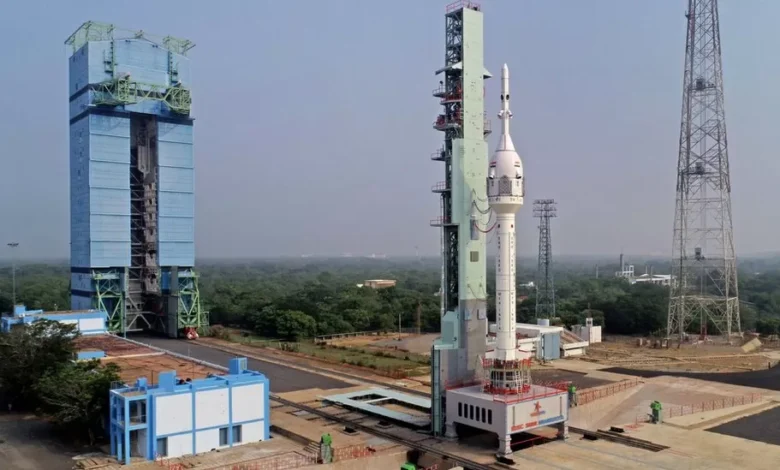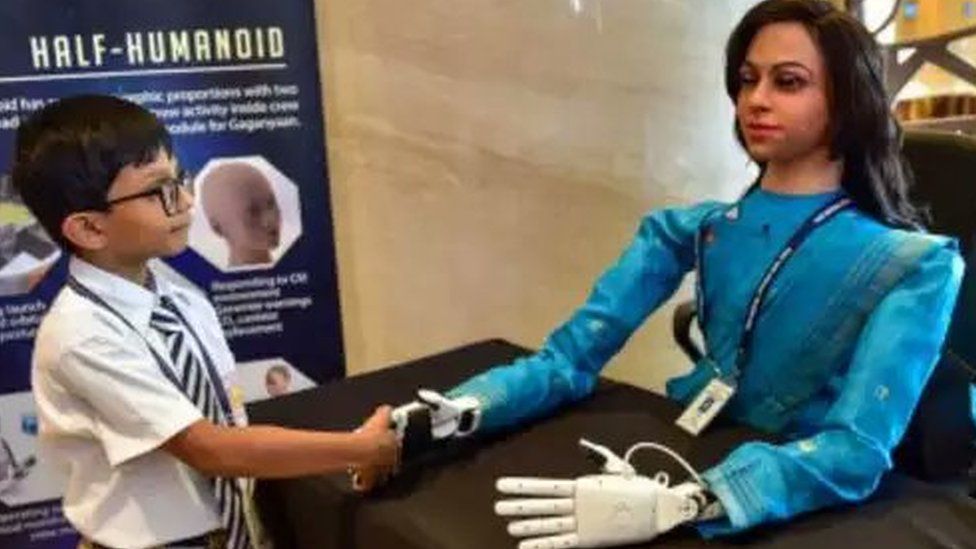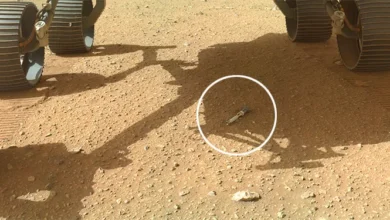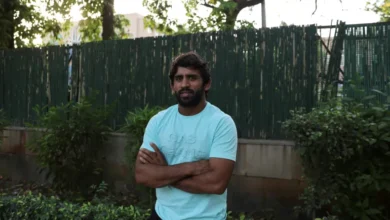Gaganyaan: India to launch test flight ahead of sending man into space

The Indian space research agency is due to carry out the first of a series of key tests ahead of its planned mission to take astronauts into space in 2025.
The Gaganyaan spacecraft is due to be launched at 08:00 local time (02:30GMT) on Saturday from Sriharikota.
The test will demonstrate whether the crew can safely escape the rocket in case it malfunctions.
If successful, it will pave the way for other unmanned missions, including sending a robot into space next year.
Sending a manned mission with three astronauts into low-Earth orbit will happen only after the successful completion of all these tests – and as the government announced last week, it will most likely happen in 2025.
Named after the Sanskrit word for craft or vehicle to the sky, Gaganyaan project has been developed at the cost of 90bn rupees ($1bn; £897m). It aims to send the astronauts to an orbit of 400km (248 miles) and bring them back after three days. If it succeeds, India will become only the fourth country to send a human into space after the Soviet Union, the US and China.
But before that, the space agency Isro has to demonstrate that the capsule carrying humans can safely return home. And that is what Saturday’s flight – called Flight Test Vehicle Abort Mission-1 (or TV-D1) by Isro – will attempt to do.
Isro chief S Somanath has said they would be testing the spacecraft’s “crew escape system (CES)”, describing it as as “a very critical system”.
“If anything happens to the rocket, we should be able to keep the crew safe by moving them away at least by 2km (1.2 miles) from the exploding rocket,” Mr Somanath told reporters.
“So after take-off, once the rocket is 12km to 16km in the sky, we’ll trigger the abort system and take the crew escape system away from it,” he added.
According to the Isro website, a series of parachutes will be deployed as the module begins its descent to help ensure a safe touchdown in the waters of Bay of Bengal, about 10km from Sriharikota coast.
The Indian navy would be waiting at a safe distance with a ship and a team of divers who will recover the module and bring it safely back to shore.
According to the space agency, the “short duration” test will last about nine minutes.

The craft has been fitted with cameras and instruments which will gather data and pictures which, Isro says, will help with future tests and the final mission of Gaganyaan.
If Saturday’s test goes to plan, Isro would then send a humanoid – a robot that resembles a human – in an unmanned Gaganyaan spacecraft next year, junior minister for science Jitendra Singh has said. Called Vyommitra – Sanskrit word for “space friend” – the female humanoid was unveiled by Isro in 2019.
The agency had also shared photographs of Indian air force pilots who had been chosen to be part of the crew and said that they were undergoing “extensive physical exercise tests, lab investigations, radiological tests, clinical tests and evaluation on various facets of their psychology”.
In their latest updates on X (formerly Twitter) over the past few days, Isro has posted photographs of the rocket at the launch site and a graphic that shows the trajectory of the craft from the launch to the splashdown in the sea.
Saturday’s planned test has generated a lot of interest in India, although it’s coming a bit late to the party as astronauts from Soviet Union and the US have been making trips to the low Earth orbit since 1961. China became the third country to reach space in October 2003 when a Chinese mission spent 21 hours and orbited Earth 14 times. And the US and China have fully operational space stations in low Earth orbit.
An Indian astronaut also went to space as early as in 1984 when Rakesh Sharma spent 21 days and 40 minutes on a Russian spacecraft.
But the attention on Isro’s planned test on Saturday is because it comes not long after the country made history by becoming the first to land near the Moon’s south pole on 23 August 2023.
Just weeks later, India also launched Aditya-L1, its first observation mission to the Sun. It will travel 1.5 million km (932,000 miles) from the Earth – 1% of the Earth-Sun distance and will reach its intended spot in mid-January, India’s space agency has said.
And earlier this week, India announced ambitious new plans for space, saying it would aim to set up a space station by 2035 and send an astronaut to the Moon by 2040.










